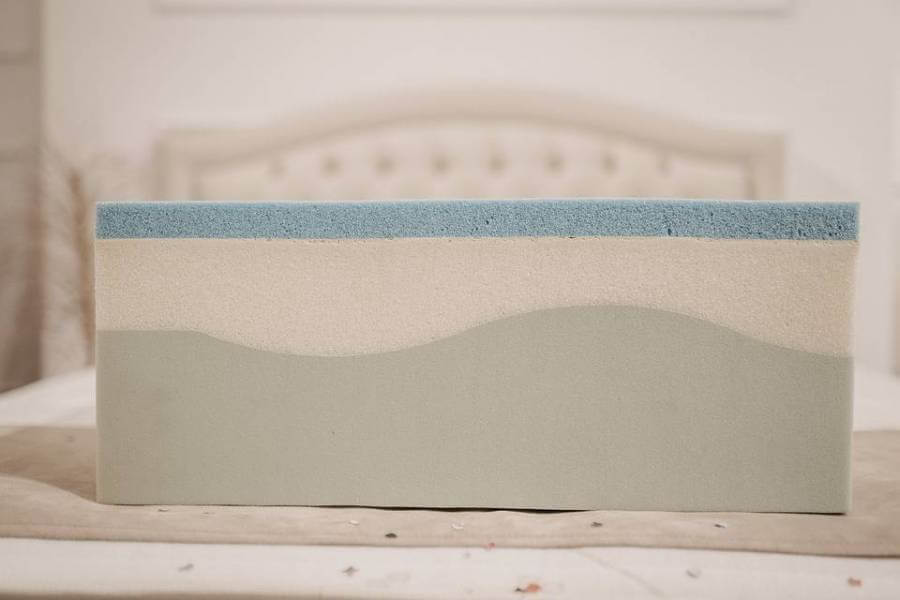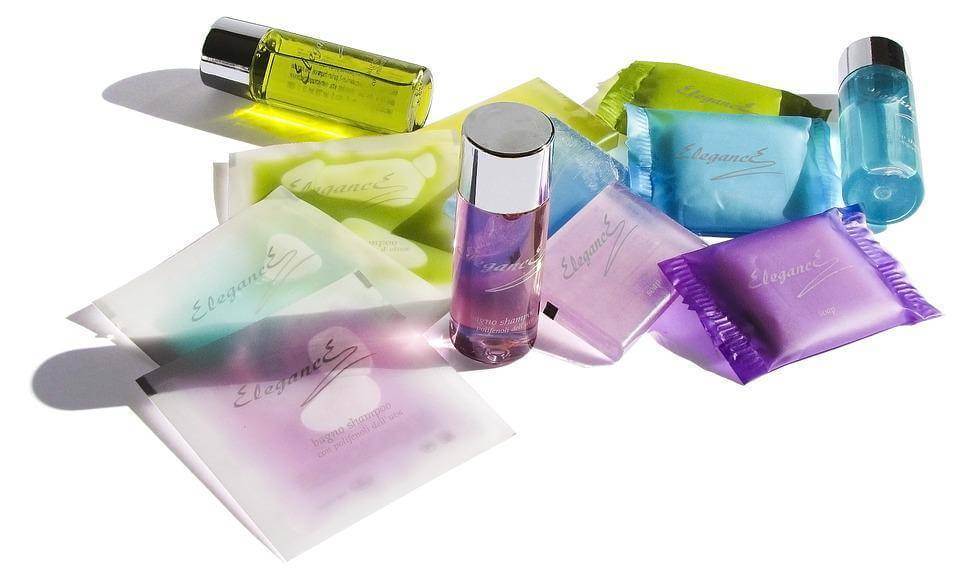If you’re looking for information on foam engineering, you’ve come to the right place. In this article, you will learn about four important things that you need to know about foam engineering.
What Is Foam Engineering
Foam engineering is the process of designing and creating foam products among other services. Lots of foam cutting services are available in the market to cater to different foam products. Cutting is a delicate process that foam engineers need to be careful with while working. Different tools are used to cut foam products like hot knives, wire, die-cutting, and waterjet.

Foam engineers need to have a deep understanding of the material they are working with in order to create a high-quality product. They also need to understand how different chemicals interact with each other in order to create the desired effect. In addition, they need to be able to use various machines and tools in order to create the products.
What Is It Used For?
Foam engineering is used in a ton of industries including the automotive one as well as the aerospace. It is also used in the packaging industry as well as the construction industry. There are a lot of different things that foam engineering can be used for and that is why it is such an important aspect of many industries. If you want to learn more about foam engineering and what it is used for, then keep reading on.
Many industries benefit from foam engineering. The automotive industry uses foam engineering in order to make sure that vehicles are comfortable for passengers and safe. The aerospace industry also uses foam engineering in order to make sure that aircraft are safe and comfortable for passengers. The packaging industry uses foam engineering in order to make sure that products are protected during shipping and storage.
Types Of Foam
There are many types of foam that are used in engineering. These are the following:
- Expanded Polystyrene Foam (EPS): This is a rigid foam that is used in insulation and packaging.
- Extruded Polystyrene Foam (XPS): This is a rigid foam that is used in insulation and packaging.
- Polyurethane Foam: This is a flexible or rigid foam that is used in insulation, upholstery, and packaging.
- Rubber Foam: This is a flexible foam that is used in upholstery and insulation.
- Memory Foam: This is a type of polyurethane foam that conforms to the shape of your body. It is used in mattresses and pillows.
Techniques Of Foam Engineering
There are multiple techniques of foam engineering, which are often used in unison to create the desired product. These areas layer by layer deposition, injection molding, foam stamping, and thermoforming.
Each technique has its own advantages and disadvantages that should be considered before choosing a method. For example, layer by layer deposition is great for creating complex shapes but is limited by the number of layers that can be deposited. Injection molding is fast and efficient but can be expensive depending on the size and complexity of the part being made.

Foam engineering is an important industry that does a lot of different things with foam and is used in many industries. There are multiple types of foam that can be used as well as techniques for handling the material. It’s a profitable and important industry that keeps improving!

Founder Dinis Guarda
IntelligentHQ Your New Business Network.
IntelligentHQ is a Business network and an expert source for finance, capital markets and intelligence for thousands of global business professionals, startups, and companies.
We exist at the point of intersection between technology, social media, finance and innovation.
IntelligentHQ leverages innovation and scale of social digital technology, analytics, news, and distribution to create an unparalleled, full digital medium and social business networks spectrum.
IntelligentHQ is working hard, to become a trusted, and indispensable source of business news and analytics, within financial services and its associated supply chains and ecosystems






























